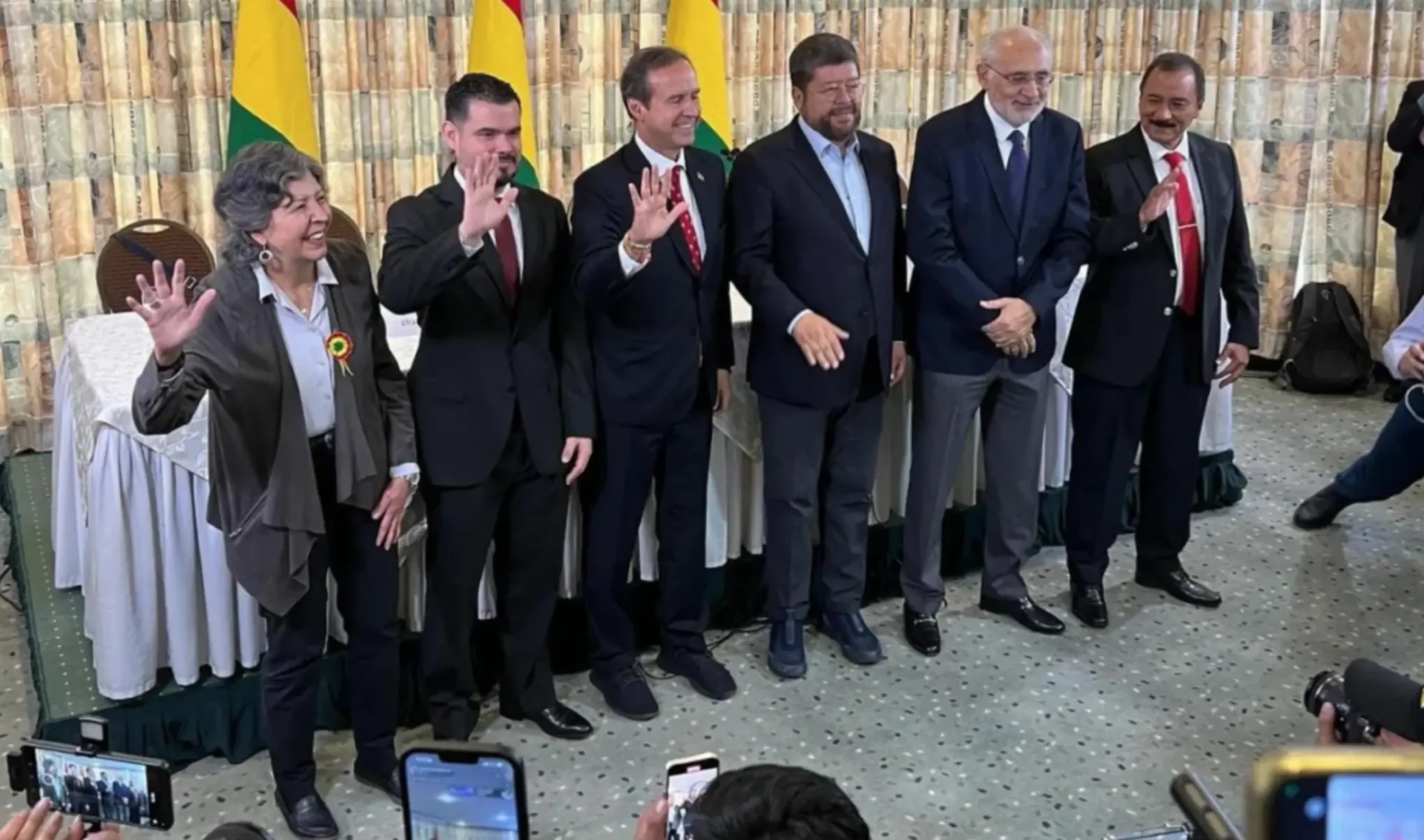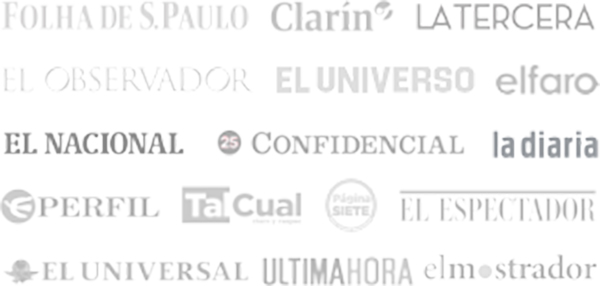The recent dissolution of the opposition bloc against MAS has caused great disappointment in many sectors. In this way, the only brake capable of halting the MAS movement in its three versions (arcista, evista, and androniquista) has been deactivated. In this regard, I would like to raise a few questions: Has the opposition always been divided? Which candidate drew away votes? Can we talk about a voting ceiling for the opposition? What should the opposition do now that each is running on their own?
Historically, opposition parties have never managed to unite—if by unity we mean a single candidacy and electoral banner. Looking at the data from elections following the collapse of multipartidism (1982–2005), we see that in the 2009 presidential elections, there were 7 candidates; four years later, in 2014, the opposition split into 6 fronts; then in the general elections of 2019 and 2020, there were 4 opposition candidacies. So, the fact that they are running separately today is simply a continuation of a trend, not something new in itself.
Despite this, the public has sought to consolidate its vote around a single candidate. In the 2009 presidential election, they rallied around Manfred Reyes Villa (26.8%), and in 2014 around Samuel Doria Medina (24.23%). Finally, in 2019 and 2020, the anti-MAS vote favored Carlos Mesa, who received 31.05% and 29.06% of the vote, respectively.
If we set aside the parties that failed to pass the 1% threshold—the so-called “taxi parties,” as Sergio Almaráz dubbed them—the candidates who split the opposition vote were several. In 2009, Samuel drew votes from Manfred; in 2014, Tuto did so with Samuel’s votes; in 2019, Chi split Mesa’s vote; and in 2020, Luis F. Camacho siphoned off votes from Mesa.
On average, in each election, the opposition parties have collectively received 41.68% of the electorate. This might be considered their voting ceiling—hypothetically attainable if the anti-MAS bloc were united. Two factors have conspired against this goal. The first is the urgency some opposition figures feel to try to reach the presidency without waiting five more years. By then, Samuel, Tuto, and Manfred will be endearing septuagenarians more interested in their grandchildren’s affection than in the support of the national popular masses that partly vote for them.
The second factor preventing unity is the real possibility that Evo Morales will not participate in the 2025 elections. Without Morales on the August ballot, each candidate feels strong enough to defeat one of the MAS factions. A divided MAS, with no capacity to renew its leadership, is no longer considered a formidable opponent.
This may well be the case—that the opposition is in a better position today to be more competitive. However, they have taken the wrong path: focusing solely on political advertising, without thinking about or proposing a genuinely alternative vision for society or the state. People talk about the agony or death of the current model, but no other has been thought through, much less carefully considered or debated from within Bolivian society. What exists are marketing strategies pushed by wealthy leaders who lack any ideology.
Since Morales left power in 2019, the country has been undergoing a political reconfiguration that will crystallize in the August 2025 elections and the subnational elections that will follow. That’s when it will become clear what political muscle each actor has and what share of power they are entitled to.
Due to the opposition’s inability to formulate a national project that could sustain their unity, what seems most likely is that this process will merely result from the internal struggle within MAS—into which other political currents will gradually be absorbed. MAS will once again play the game virtually alone.
In this way, a significant share of power will be distributed among the three MAS factions, whose main leaders watched with amusement as their opponents tore each other apart and canceled one another out.
*Machine translation proofread by Janaína da Silva.











